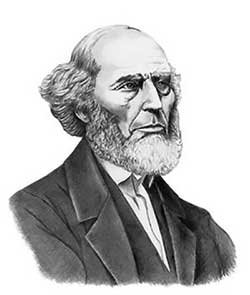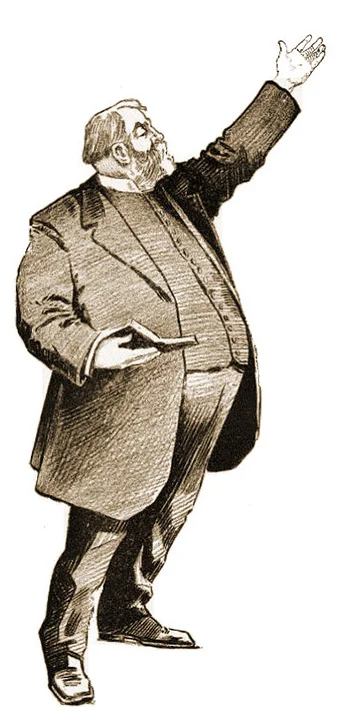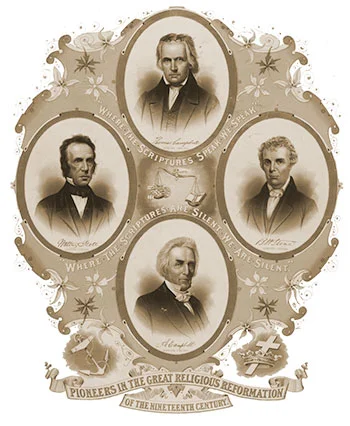The Third Great Awakening 1820-1840

Charles Finney
Fast on the heels of the Second Great Awakening, the third wave of heavenly power crashed on the shores of the evangelical world, this time without the usual decline.
The main characters in this revival
Asahel Nettleton and Charles Finney are names which dominate the American scene, while another American, James Caughey was the most notable revival evangelist active in England.
Finney’s well documented ministry began in 1830 and netted 100,000 souls within one year! The Methodist Episcopal church steadily increased in the 1830’s, especially through camp-meetings. But their numbers doubled in 1840-1842. Other denominations flourished too.
The greatest effect of this revival was felt far beyond the boarders of North America and for centuries to come. Finney’s philosophy of revival, expressed in his autobiography and explained in his “Revivals of Religion”, has subsequently affected thousands of Christians and precipitated revivals around the world.
UK Revivals in the Third Great Awakening
In the UK revivals were widespread throughout the 1830’s. Evangelists like Robert Aitkin and William Haslam held highly successful missions. Brethrenism began during this period, restoring the doctrine of the church and the doctrine of the return of Christ. It’s noticeable personalities were J. N. Darby and George Müller who pioneered orphanage work, evangelism and missionary enterprise.
Another restoration movement was led by Edward Irving, who strongly believed in the restoration of spiritual gifts and apostolic ministries to the church. John Elias, Christmas Evans and William Williams stormed Wales with their powerful preaching. Scotland also boasted some great revivalists like John and Horatius Bonar, the revival veteran, Thomas Chalmers, Robert Murray McCheyne, W. H. Burns and his son, William Chalmers Burns.
International Revivals
On the wider international front, there were local revivals in various parts of the world, particularly in Scandinavia, central Europe, South Africa, the Pacific Islands, India, Malabar, and Ceylon.
This awakening, which began in 1830 only lasted about 12 years ending around 1842. It should be noted that this revival period is often seen as one with the former period. There were a constant stream of spasmodic revivals from 1800-1820 which petered out through the next few years and then exploded from about 1830 onwards. Some of the evangelists, like Asahel Nettleton, played a major role in both periods and some scholars, particularly Orr, refer to this revival time as a ‘resurgence.’
Nevertheless, because of the ‘new measures’ and anti-Calvinistic Arminianism of Charles Finney and the astounding influence of this man’s ministry it should be seen as quite a separate event.
For Further Research:
Charles Grandison Finney
Charles Grandison Finney – Brittanica



